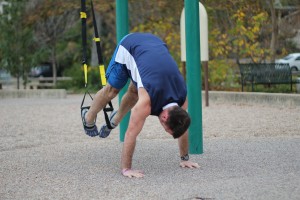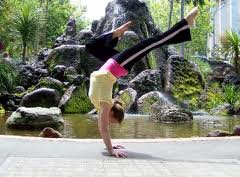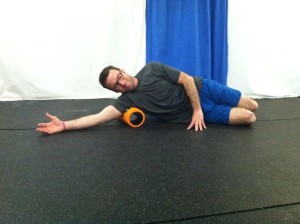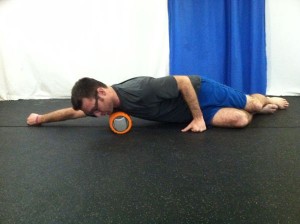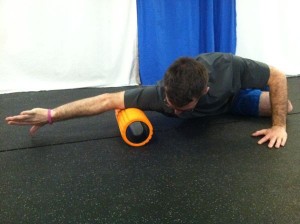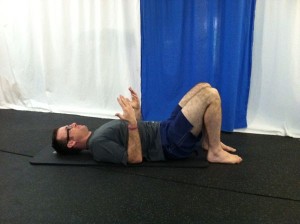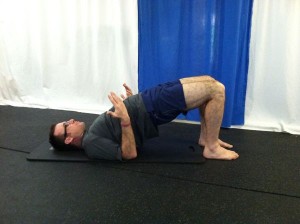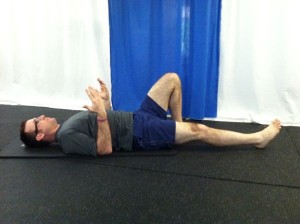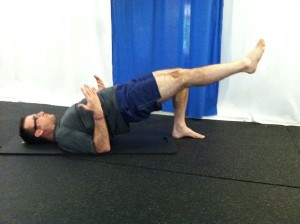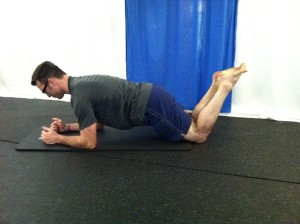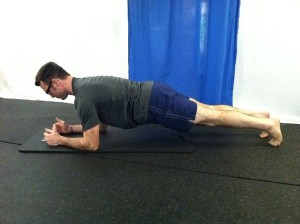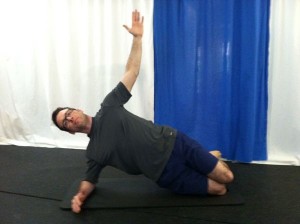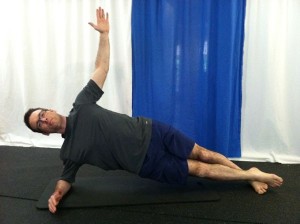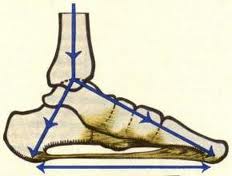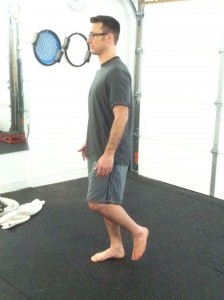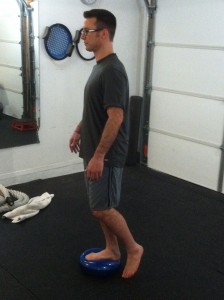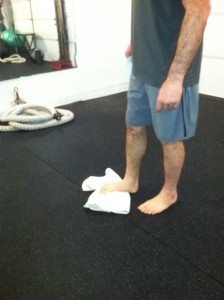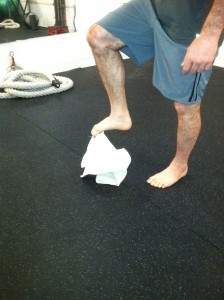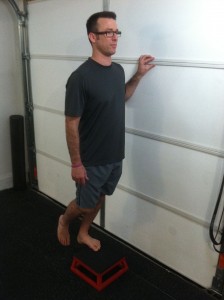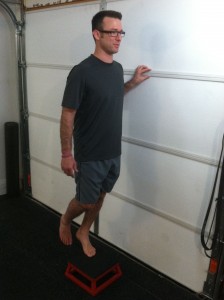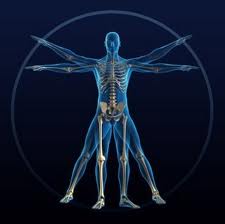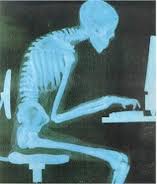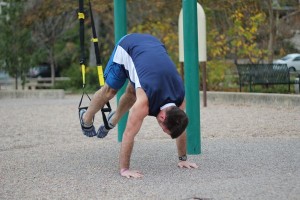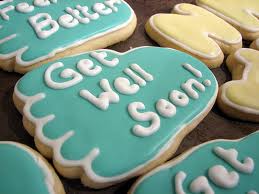"Character may be manifested in the great moments, but it is made in the small ones."
~Phillips Brooks~
Our Lives are made up of Seemingly Unremarkable Moments
There are only two weeks to go before the biggest running challenge to date which is a 20 mile trail race on my nemesis trails. This would be on the infamous Wyandotte County Lake Trails with the even more infamous, cantankerous three sisters (three hills, aka the three bitches) that wait for victims in the last couple of miles of a 10 mile loop. So needless to say on the 20 miler I will get two opportunities to meet them. Every time I have done one loop here it has kicked my butt so the idea of finishing one and going back for another is somewhat intimidating. My hope is a respectable finish and to use this as a building block for my other ridiculously impossible sounding endeavor of running a 50K. I really feel like if I can conquer this challenge in a halfway reasonable time then I might be able to at least picture myself tackling the next. The plan right now is getting on the trails as much as I can this week and then shutting it down after July 5th and get some much needed rest!
This weekend I got a group together and ran 10 miles on Saturday and hiked 10 or 11 miles with my wife on Sunday. I had a couple of friends I was hoping would run with me and I was thinking about all the times I struggled to keep up with different groups and feel bad for slowing others down. This led to posting on the Trail Nerds Facebook page calling it the Slow and Steady Saturday Summer Loop calling for mid to back of the packers to join in and run. I thought it would be a good opportunity to get others who might shy away from other group runs.
The turnout was great with about a dozen people showing up and even more who wanted to be there but were not able to make it; I am hoping we can make this a more regular thing in the future. We started at 7:30 on a warm and humid morning heading for the first stretch of bridle trails which you can almost always count on being muddy and/or rocky. We encountered quite a few horses this morning with no incidents as we all moved aside and let the riders determine whether they would pass or we should go by. Having so many horses on the trail adds to the obstacles and makes the muddy sections really hard to maneuver, especially the hills.
The Bridle trail gets a little messy
By the time we exited the bridle trails our group had spread out into a few smaller groups and as we entered the single tracks people went different ways. Spider webs let you know quickly when you head down a section that the group in front did not take. We all made our way out to the dam and were greeted by a welcoming breeze and a chance to take in some calories before reentering the trail onto more single track and then a road crossing before the final section of bridle trial leading to the dreaded hills. The first big hill is a muddy, energy zapping mess and always gives me trouble. Thankfully, the hills are conquered or at least completed and we cross the last street to my favorite part of the trail which is the home stretch. Everyone makes it back with minimal wear and tear and overall I think today was a success.
Kristen and I on the Trail
It is once again fun to watch my wife Kristen relax and rescue caterpillars and snails, moving them off the trail to safety so they would not get stepped on. We both love being outdoors for different reasons; Kristen loves to look at all the different insects and explores with childlike enthusiasm and I enjoy the solitude and spiritual feeling I get from being in nature. Later, Kristen’s forward progress and exploring nature came to an abrupt halt when she backed up into a perfect "boxing out" position after she almost stepped on a copperhead. It took her a second before any actual words came out but she pointed at it and I got the message rather quickly. He was sunning himself and was not deterred when I tossed a couple of small branches by him so I found a long stick and moved him to the side and had her go past behind me. I tossed the stick aside and followed close behind her. Later on we came across some more peaceful wildlife in the form of a couple of deer.Then on Sunday morning my wife and I head out there to hike the trails and do some exploring and spend some time together in nature. It is funny how different parts of the trail look going at a more relaxed pace and taking time to look around. I have been wanting to add hiking to my training regimen to help deal with some muscle imbalances from running. Today is serving two purposes; I am able to open up my stride length to stretch and use some other muscles and it is giving me an idea of the pace I will need to keep when rest breaks are needed during the race.
Moving closer to the hills I inconspicuously gave her the option (a few times) of skipping the hills and taking the road around; she was having none of it. In her true nature she ran up the last one which I videoed and you can’t hear it but as she ran by me she said “all the way to the top he says”. We completed our journey for the morning coming out of the woods and cleaning up as best we could before heading for a well-deserved late breakfast! All in all it was an exhausting but very good weekend and we will be adding to our hiking adventures in the near future on these and other trails around.
The thought I had this morning while looking back at the weekend is that our lives are made up of many seemingly unremarkable moments; when we take time to realize who they happen with and where we are at that very moment, they become memorable.
